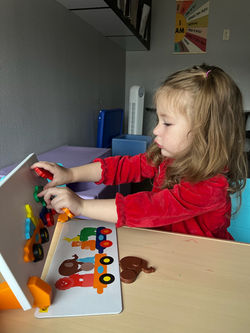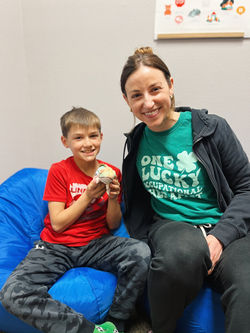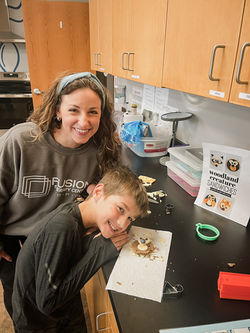top of page
OCCUPATIONAL THERAPY
Our occupational therapists focus on helping individuals of all ages and abilities to participate in meaningful activities and improve their overall quality of life. They work with our patients to assess their physical, cognitive, emotional, and social needs, and then develop personalized interventions and strategies to enhance their ability to perform daily tasks, promote independence, and engage in activities that are essential to their well-being.



WHAT CAN OCCUPATIONAL THERAPY HELP TREAT?
FINE MOTOR & MOTOR COORDINATION
-
Motor planning
-
Manual dexterity
-
Fine motor precision
-
Upper limb coordination
SELF CARE & SOCIAL FUNCTION
-
Activities of daily living
-
Instrumental activities of daily living
-
Social participation and engagement
-
Problem solving
VISION
-
Hand-eye coordination
-
Visual perception and visual discrimination
-
Visual motor integration
-
Visual scanning and tracking
SENSORY
-
Picky eating
-
Tactile sensitivity
-
Emotional regulation/coping strategies
-
Attention and auditory processing
 |  |
|---|---|
 |  |
 |  |
 |  |
 |  |
 |  |
 |




1/6
bottom of page
_edited.png)
.png)